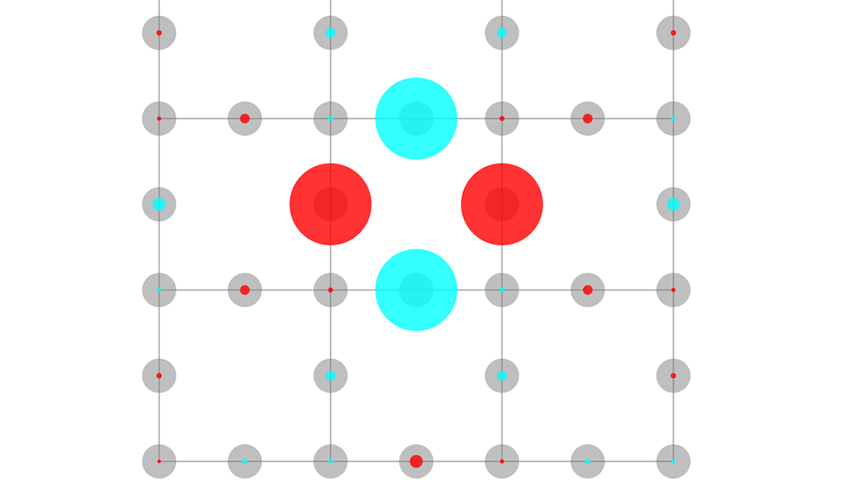Topological Heavy Fermion Principle For Flat (Narrow) Bands With Concentrated Quantum Geometry
We propose a general principle for the low-energy theory of narrow bands with concentrated Berry curvature and Fubini-Study metric in the form of a map to Anderson-“+” models composed of heavy fermions hybridizing and interacting with semi-metallic modes. This map resolves the obstruction preventing topological bands from being realized in a local Hamiltonian acting on the low-energy degrees of freedom. The concentrated quantum geometry is reproduced through band inversion with a dispersive semi-metal, leaving a nearly flat, trivial band which becomes the heavy fermion. This representation is natural when the narrow band is not energetically isolated on the scale of the interaction and an enlarged Hilbert space is inescapable, but also provides analytical insight into the projected-interaction limit. First exemplified in twisted bilayer graphene (TBG), we extend it to (1) the twisted checkerboard, which we find has a chiral symmetric stable anomaly that forbids a lattice realization at all energies, and (2) the Lieb lattice with gapless flat bands, where we show the heavy fermions can be obtained by minimizing a Euclidean instanton action to saturate its BPS bound. The heavy fermion approach is widely applicable and physically transparent: heavy electrons carry the strong correlations and dispersive electrons carry the topology. This simple picture unifies the dichotomous phenomena observed in TBG and points to connections between moiré and stoichiometric materials.
Read the whole article on arXiv.
